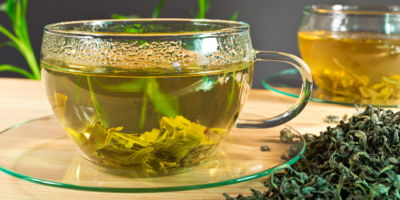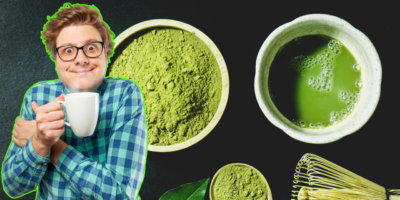Hojicha Tea Benefits: Your Complete Guide (2025)
I remember the first time I tried Hojicha at a tiny Tokyo tea shop. The warm, nutty aroma instantly won me over. As someone who couldn’t handle regular green tea’s bitterness or caffeine jitters, hojicha became my daily ritual. After six months of drinking it religiously, I’ve experienced some remarkable changes – deeper sleep, calmer digestion, and even better focus.
Top 5 Hojicha Benefits You Should Know
- The Sleep-Friendly Tea
Unlike matcha’s caffeine punch (35mg per cup), hojicha contains just 7-10mg – perfect for evenings. I’ve replaced my bedtime chamomile with hojicha and sleep like a baby.
Pro Tip: Try cold-brewing hojicha overnight for an even smoother, lower-caffeine version.
- Gentle on Sensitive Stomachs
Regular green tea used to give me acid reflux until I switched to hojicha’s lower acidity. If you struggle with reflux, check out these 10 worst foods for acid reflux to avoid.
- Thyroid-Friendly Brew
The roasting process reduces compounds that can interfere with thyroid function. If you have hypothyroidism, pair hojicha with these thyroid-friendly foods.
- Heart Health Helper
Studies show hojicha may help regulate blood pressure. For complete heart health, avoid these high blood pressure triggers.
- Kidney-Safe Choice
With minimal potassium, hojicha beats black tea for kidney health. Those with kidney issues should avoid these high-potassium foods.

Hojicha Tea Benefits Your Complete Guide
Q&A: Your Hojicha Questions Answered
Q: How does hojicha differ from matcha?
A: While both come from green tea, hojicha is roasted (giving it that nutty flavor) and contains about 75% less caffeine than matcha.
Q: Can hojicha help with weight loss?
A: It contains minimal calories and may boost metabolism slightly, but don’t expect matcha-level fat burning. The real benefit? It’s a perfect zero-calorie replacement for sugary drinks.
Q: Is hojicha safe during pregnancy?
A: While lower in caffeine than coffee, limit to 1-2 cups daily and consult your doctor. The roasting process reduces tannins that can interfere with iron absorption.
Q: Why does my hojicha taste bitter?
A: You’re probably using water that’s too hot! Ideal brewing temperature is 195°F (90°C) for just 30 seconds to 1 minute.
Q: Can I reuse hojicha leaves?
A: Absolutely! The roasted leaves withstand multiple infusions. I typically get 2-3 flavorful cups from one batch of leaves.
Brewing the Perfect Cup
- Measure 1 tsp leaves per 8oz water
- Heat water to 195°F (bubbles just forming)
- Steep 30 sec-1 min (no longer!)
- Enjoy plain or with a dash of honey
Bonus: Save used leaves - they make great DIY face masks!
Final Thought: In our over-caffeinated world, hojicha offers a soothing middle ground – all the tea benefits without the jitters. Why not brew a cup tonight and taste the difference?




vorbelutrioperbir
I was wondering if you ever considered changing the structure of your site? Its very well written; I love what youve got to say. But maybe you could a little more in the way of content so people could connect with it better. Youve got an awful lot of text for only having 1 or 2 images. Maybe you could space it out better?
zoritoler imol
I discovered your weblog web site on google and test a couple of of your early posts. Proceed to maintain up the superb operate. I just additional up your RSS feed to my MSN News Reader. Looking for forward to studying extra from you in a while!…
zoritoler imol
I am just commenting to let you understand what a fantastic experience my girl obtained visiting your blog. She came to find a wide variety of pieces, which included what it’s like to have an incredible helping nature to get men and women completely fully grasp specific tortuous subject matter. You truly surpassed visitors’ expectations. Many thanks for delivering the useful, healthy, educational and as well as cool guidance on this topic to Sandra.